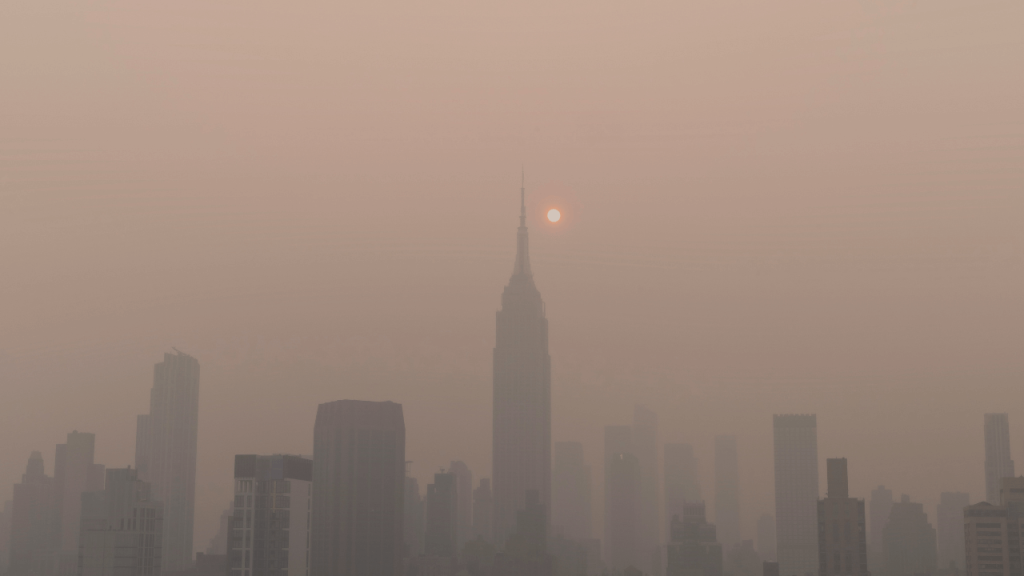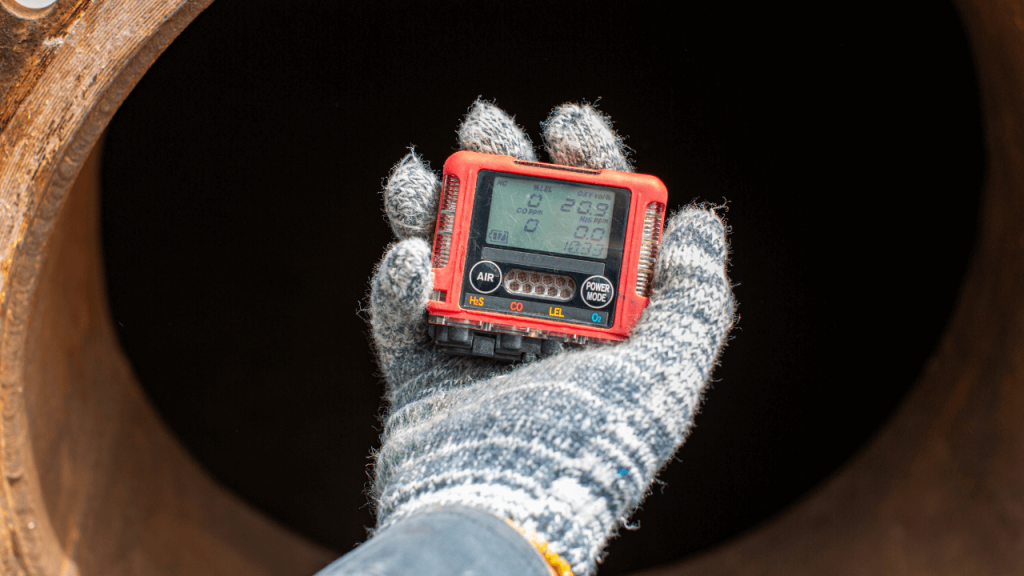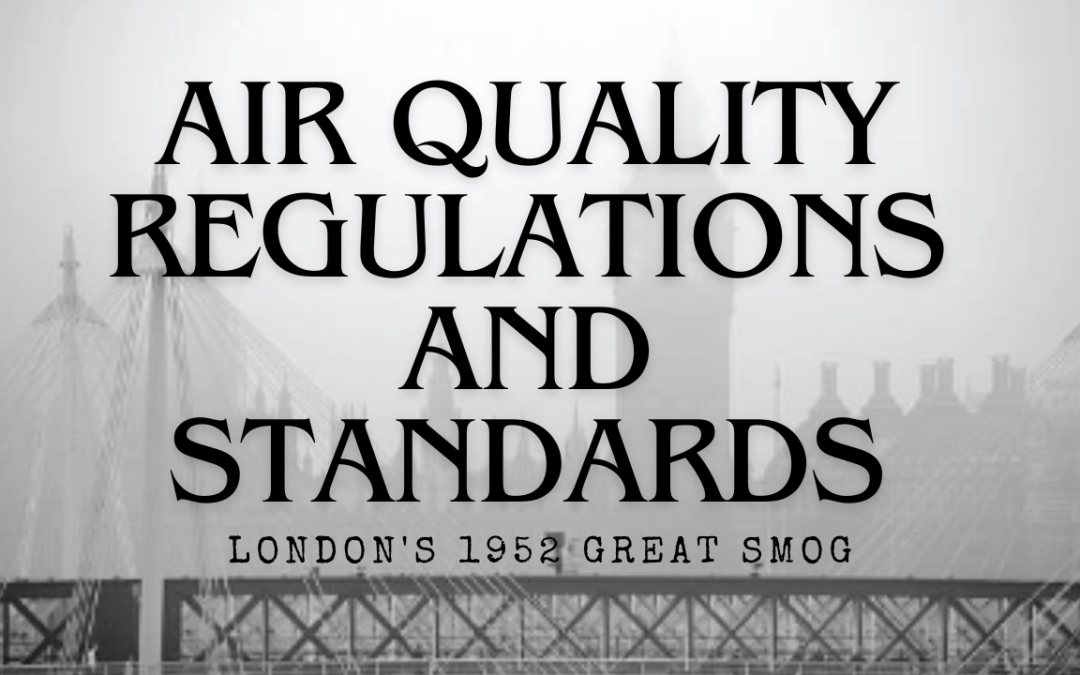Air Quality Regulations and Standards are pivotal for safeguarding public health and the environment. These regulations set boundaries for airborne pollutant emissions and define clean air. Given the impact of poor air on human health and ecosystems, addressing this matter is urgent. Over time, attention to air quality has increased, resulting in environmental laws dating back to the 1960s. Progress has been made in forming and enforcing rules to counter air pollution. Yet, challenges persist, particularly related to appropriate regulation levels and economic consequences.
This post offers an in-depth history of air quality regulations, highlighting advancements. It examines existing US standards, implementation, and enforcement, while delving into ongoing issues and differing views. Through this, the significance of clean air and protective measures becomes clearer.
Our dedication to effective air quality standards remains unwavering. By spreading awareness and knowledge, we aim to galvanize action for a world where clean air is everyone’s entitlement. Together, we work towards a healthier, sustainable future.
Historical background of air quality regulations and standards

Air quality rules hold great importance for those dedicated to preserving human health and the environment. The foundation of these rules dates back to the 1960s environmental movement. The Clean Air Act of 1963 emerged as primary federal legislation, allocating funds for air pollution research. The 1967 Air Quality Act established federal standards and mandated state plans for compliance.
In response to increased awareness, the Clean Air Act expanded in 1970, creating the Environmental Protection Agency (EPA) to regulate pollution. Amendments, notably in 1990, followed.
Scientific progress guided air quality rules, shaped by events like London’s 1952 Great Smog and the 1966 NYC smog, driving action.
From visible smog to invisible but harmful pollutants like ozone, rules evolved to protect public health and the environment.
As advocates, we uphold and promote these rules to ensure a healthier future for all.
Current air quality regulations and standards in the US
Recognizing the pivotal role of the Clean Air Act in ensuring air quality nationwide, we acknowledge its significance. This legislation forms the core framework for air quality governance, establishing national ambient air quality standards (NAAQS) for six key pollutants: ozone, particulate matter, sulfur dioxide, nitrogen dioxide, carbon monoxide, and lead. These standards are scientifically set to prioritize public health and the environment, informed by the EPA’s Clean Air Scientific Advisory Committee.
The Clean Air Act also encompasses provisions beyond NAAQS, including industrial emissions reporting and permitting, and industry-specific regulations for power plants and vehicles.
Regulation of air quality extends to state and local levels as well. States often set their own, stricter standards reflecting regional conditions. They may also create regulations targeting specific sources like oil and gas drilling.
Enforcement lies with the EPA, ensuring compliance and imposing penalties for violations. Collaboration with states and stakeholders aims to improve air quality in areas not meeting NAAQS.
The current regulations aim to protect public health and the environment by limiting harmful emissions. Yet, debates continue over regulation levels and concerns about associated costs.
Committed to environmental stewardship, we emphasize the need for comprehensive air quality regulations. We back endeavors for health and environmental protection through effective regulation. Balancing regulation and economics requires ongoing dialogue and collaboration. Together, we can nurture cleaner air and a healthier future.
Implementation and enforcement of air quality regulations and standards

Recognizing the collaborative work of federal, state, and local agencies, we value the implementation and enforcement of air quality regulations in the US. The EPA oversees Clean Air Act implementation, often delegating day-to-day tasks to local bodies.
States create state implementation plans (SIPs) to meet National Ambient Air Quality Standards (NAAQS), subject to EPA approval. Enforcement includes fines for exceeding emission limits or not meeting reporting rules. Legal action is an option for violations.
Beyond enforcement, programs aid compliance. The EPA’s Energy Star program guides businesses and individuals in energy efficiency and emissions reduction.
Air quality regulations demand teamwork among agencies, industries, and environmental groups. While regulation levels can cause debate, the core aim is safeguarding health and the environment.
Supporting cleaner air and well-being, we emphasize ongoing collaboration, education, and adherence. Together, we can positively impact our environment for current and future generations.
Potential impact of air quality regulations and standards on public health
Air pollution poses grave health risks: respiratory illnesses, heart diseases, cancer, and early death. We’re concerned about its impact. In the US, it causes tens of thousands of premature deaths yearly, along with steep healthcare costs.
Air quality rules significantly curb pollution, boosting public health. Studies show the Clean Air Act has averted thousands of deaths and diseases. California’s air improvement led to a 17% drop in premature deaths.
While critics cite industry burdens, clean air rules vastly outweigh costs. They’re vital for health and the environment, outweighing expenses. Reducing pollution is crucial, pushing for stricter measures as needed.
As advocates, we join efforts for cleaner air. A healthier future depends on curbing pollution and health risks. Prioritizing air quality betters lives, ecosystems, and secures a sustainable future.
Challenges and limitations of air quality regulations and standards
Recognizing the significance of air quality rules in curbing pollution and protecting health, we must also acknowledge their challenges:
- Political opposition: Industry and political resistance can obstruct rule passage and enforcement, impeding progress.
- Enforcement complexities: Detecting smaller pollution sources or subtle violations proves intricate, reducing rule efficacy.
- Limited coverage: Regulation gaps exist, leaving emissions from certain businesses, wood burning, and agriculture unchecked.
- Compliance costs: Smaller businesses and regulated industries may struggle with costly compliance, impacting viability.
- Technological limits: Some pollution sources lack effective control tech, demanding further advancements.
To address these, industry, government, and environmental groups must unite. Collaborative solutions balancing growth and protection are essential. Meeting stakeholders’ needs fosters successful, sustainable air quality management. We endorse cleaner air for healthier communities.
Conclusion
Air quality rules are crucial for public health and pollution reduction. Clean air matters for people and the environment. Challenges exist in rule implementation, yet their positive impact on air and health is undeniable worldwide.
Our quest for cleaner air continues. Collaborative efforts are key—uniting industry, government, and environmental advocates to find balanced, effective solutions. Balancing protection and growth is vital for sustainable progress.
Striving for clean air is crucial, reducing pollution and health risks. Clean air is a universal right. Prioritizing rules brings a pollution-free future. We’re committed to this goal, our planet, and its well-being.

